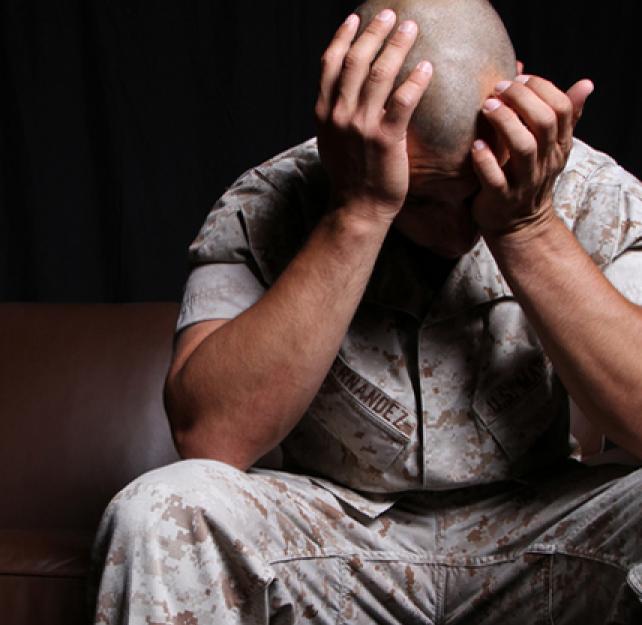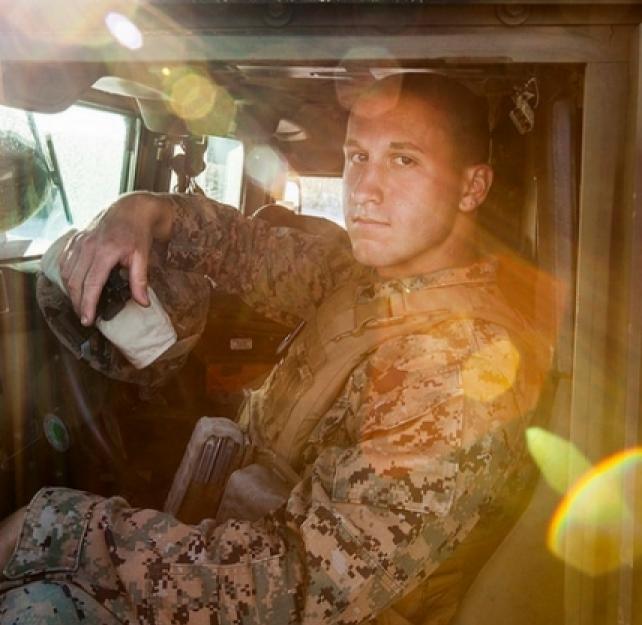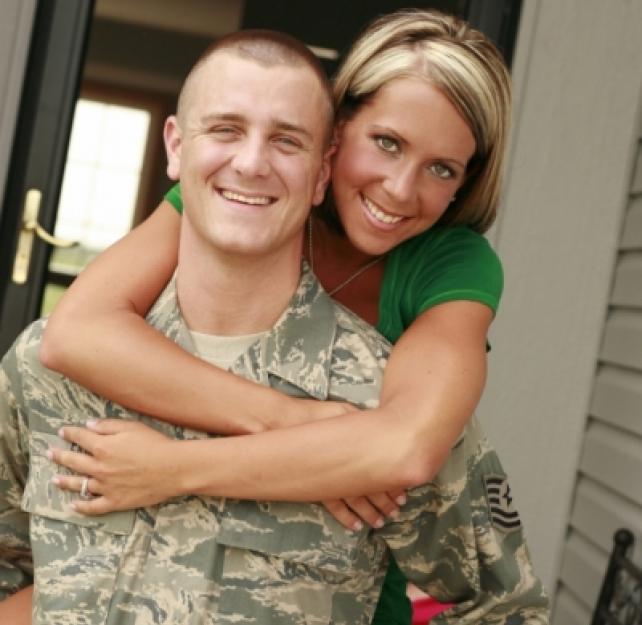What You'll Find Here
Military Brain Injury

PTSD

Strategies for Symptom Management

Military/Veteran Caregiving

Returning to Work

Returning to School

Veteran Voices
Not everyone who serves comes home. Not all who return come home intact. Visible and invisible wounds change families, sometimes adding challenges, other times opening doors that may not have before existed, oftentimes both.
Military Personal Stories & Blogs

Military Resource Directory



